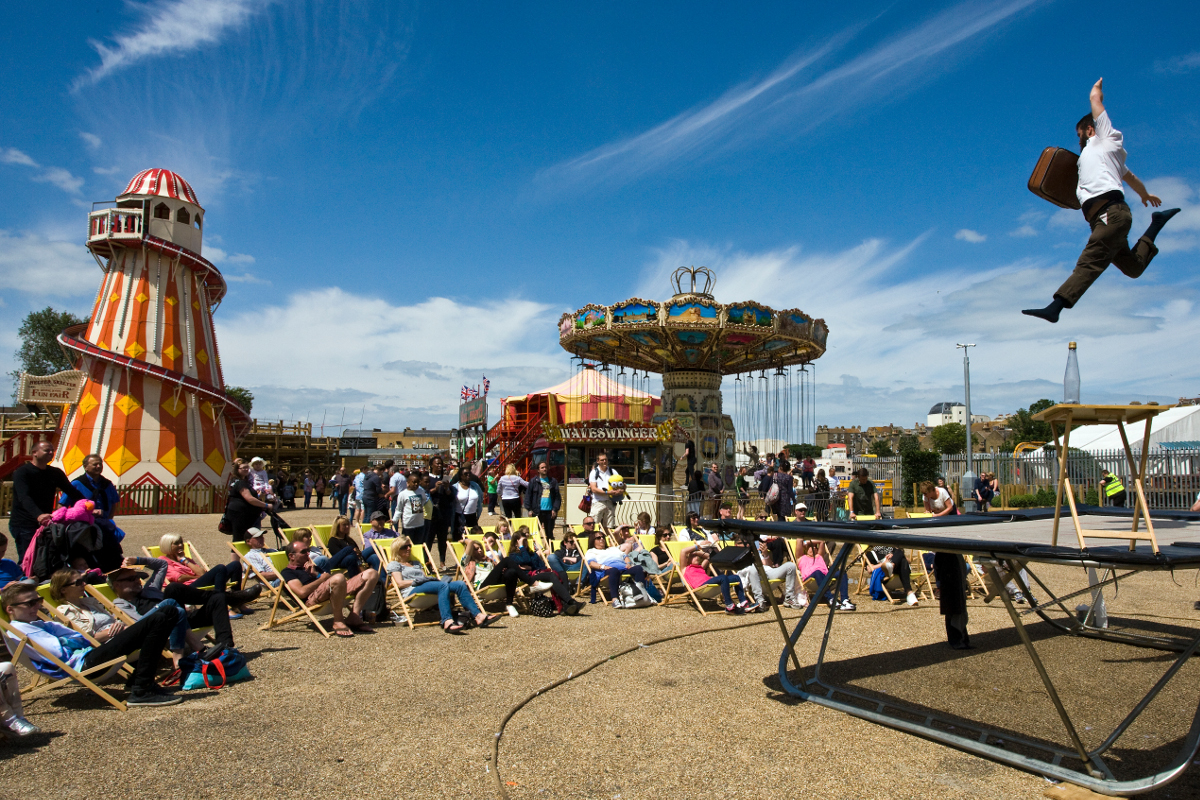
The faded but glorious seaside town of Margate, with its 18th-century buildings and wide, silk-sanded beach, is changing fast, with the Turner Contemporary gallery, vintage and antique shops, and now Dreamland (dreamland.co.uk). This theme park’s history stretches back almost 150 years. It closed in 2003, but was rescued from developers and has been restored under the left-field stewardship of Red or Dead designers Wayne and Geraldine Hemingway.
The result is an Instagrammer’s dream, filled with jelly-bright, upcycled classic attractions. It’s hard to say what’s most extraordinary, the cheerfulness and energy of the 1950s-styled staff, mostly Margate locals, or the rides themselves, from the Grade-II-listed Scenic Railway to the Wedgewood-decorated twirling teacups. There's a twinkling roller disco, classic pinball and slot machines and a fantastically imaginative soft play area, while regular out-there live acts include Wall of Death motorcycle stuntmen and singers who recount the park’s history in a curious mashed-up pop medley.
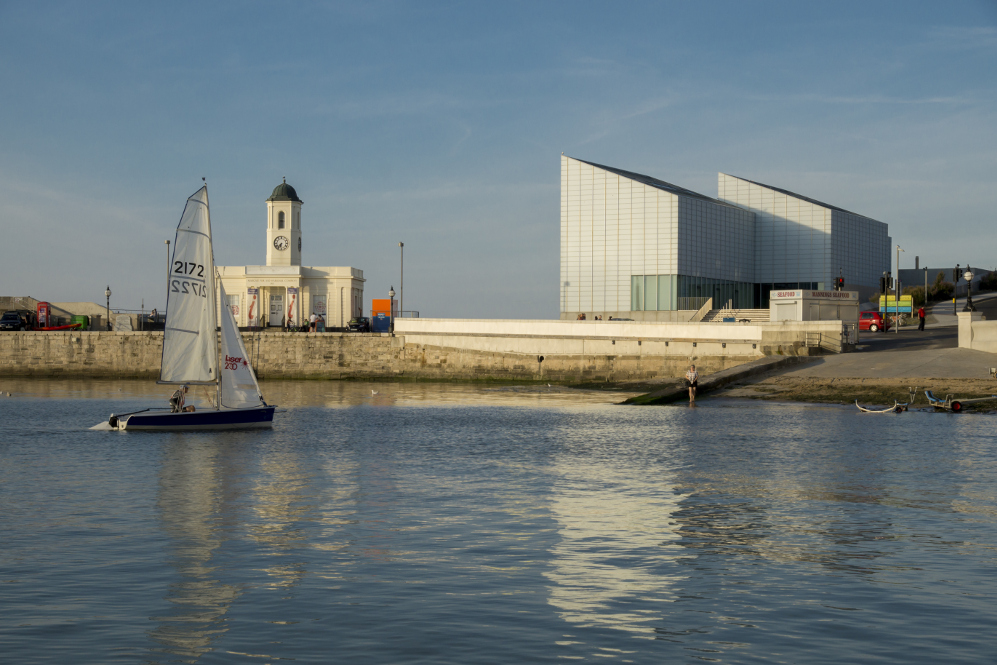
Margate’s Turner Contemporary stands bang on the spot where the painter JW Turner used to visit his obliging landlady, Mrs Booth (they later lived together in London) and paint the famous Margate sunsets. The gallery makes the most of the views, with a giant oblong window that frames the sky and sea like a painting. There are fabulous temporary exhibitions here, with recent shows including Piet Mondrian and Grayson Perry.
Perhaps the Kent Coast’s most curious attraction, Margate’s Shell Grotto is a series of subterranean rooms that was only discovered in 1835. It’s covered with over four million shells in decorative patterns, all turned a pale silvery grey by the lamps that the Victorians used to light the attraction. No one knows how long it has been here – some believe it could be over 2000 years old, others that it’s a 19th-century underground folly.
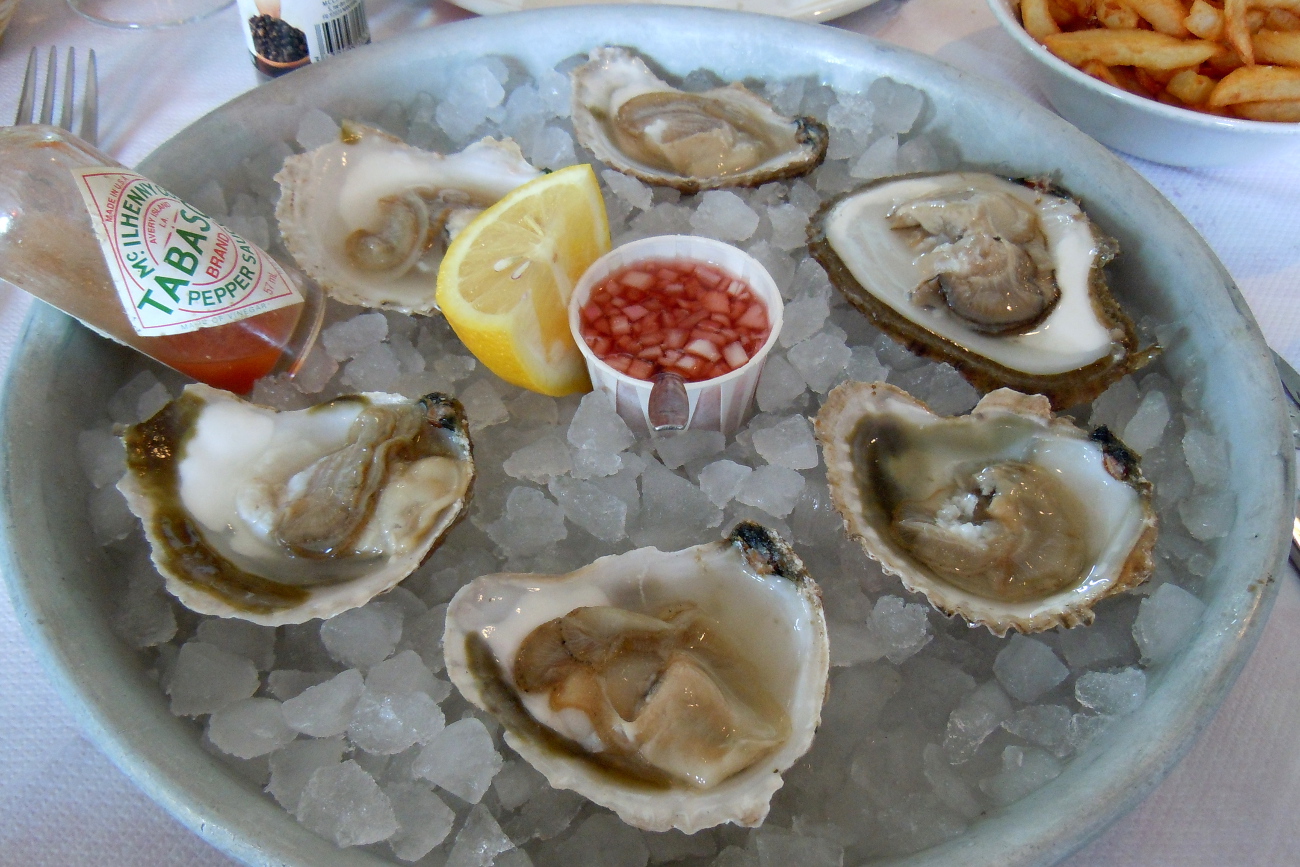
The closest of the Kent resorts to London, Whitstable is a picturesque hodgepodge of clapboard houses and pastel beach huts that has almost too much charm for its own good. It’s a splendid day out, a place to wander, see the sea, go for a Michelin-starred meal at the Sportsman (thesportsmanseasalter.co.uk), or keep it simple at Wheeler’s Oyster Bar, which has been serving seafood to happy holidaymakers since 1856.
Margate’s most famous palace of ephemera is the multi-storey RG Scott Furniture Mart (scottsmargate.co.uk), ‘An Emporium of everything Antique, Old Fashioned and Unusual’, one of Tracey Emin’s favoured haunts. Margate’s Old Town is another great hunting ground, with everything from vintage pinball machines to taxidermy. Broadstairs has Fontaine (fontainedecorative.com), with French antiques housed in a former laundry. Whitstable is also prime browsing territory – its monthly Whitstable Castle Vintage, Retro & Antique Fair (whitstablecastlevintageretrofair.webs.com) takes place in an actual castle. In Ramsgate’s full-to-the-rafters marina-side arches you’ll find treasures such as 1960s glassware, penny slot machines and tin toys.
Just outside Broadstairs in Kingsgate, a quiet area of suburban houses has a secret at the end of the road. It’s Botany Bay, the stuff of 1950s holidays, an unspoiled pale-sanded beach, backed by chunky chalk cliffs that stalk across the bay, topped by greenery and seagulls. Engrossing rock pools stretch out into sea, and there’s a little kiosk selling snacks, fishing nets, and buckets and spades. It gets busy, but often if you go mid-week, you’ll have it almost to yourself.
Small-scale Broadstairs has cornered the market in quaintness, and is a shrine to Charles Dickens, with almost every business doffing its cap by naming itself something Dickensian. The author used to holiday in Broadstairs and wrote parts of Bleak House and David Copperfield here. Visit the Dickens House Museum to see beyond the commemorative fudge. But even if you’re not into Dickens, Broadstairs rewards a wander: it’s clustered around a lovely bay and has some fine places to eat including Wyatt & Jones and the famously good ice cream at Morelli's Gelato (morellisgelato.com).
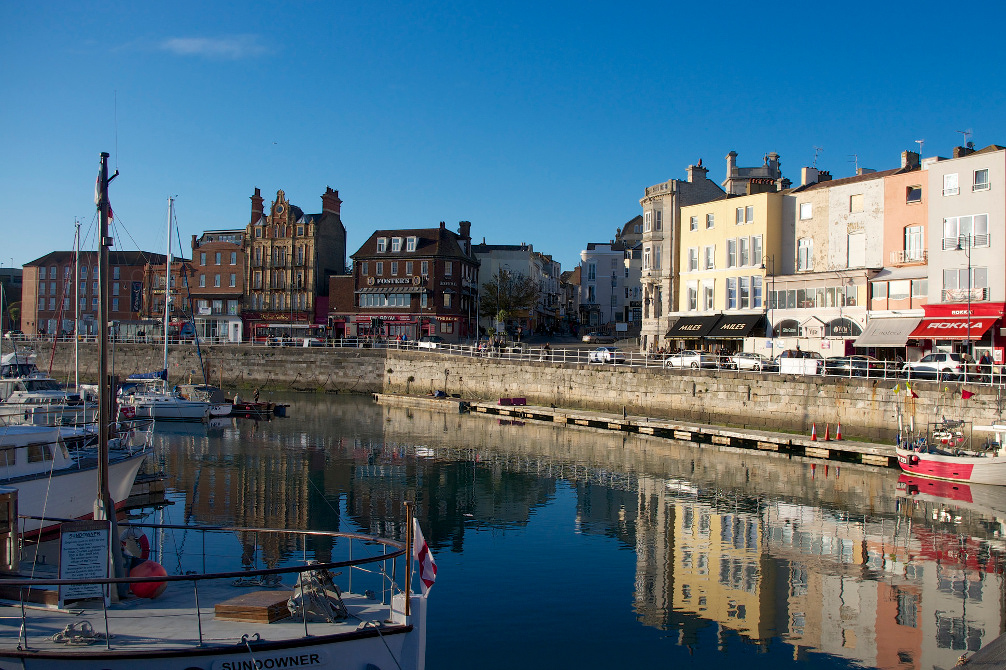
Ramsgate has a phenomenally pretty harbour, with an impressive marina packed with bobbing yachts and backed by Georgian architecture, all wrought-iron balconies and stately colonnades. There’s a wide, sandy town beach, while the extraordinary Harbour Brasserie (royalharbourbrasserie.co.uk), on the harbour arm, has views out to sea and back to town. You can also visit the haunting Ramsgate Tunnels, built to shelter 60,000 people in WWII. The new Albion House boutique hotel has an excellent restaurant, Ramsgate Music Hall (ramsgatemusichall.com) is one of the UK’s best small live music venues, and Vinylhead on Addington St is a cool café and record shop.
Julius Caesar first set foot in Britain at Deal in 55 BC, and you can see why its tranquil little beach looked an inviting prospect. Today, the incredible Tudor Deal Castle (english-heritage.org.uk), built in the cunningly unwarlike shape of a rose, looms over the beach. The town is dashingly pretty, with doll-house-sized fisherman’s cottages and fine bow-fronted townhouses. It’s the perfect place to have cream teas, browse the local antiques shops, and pretend the 21st century hasn’t happened yet.
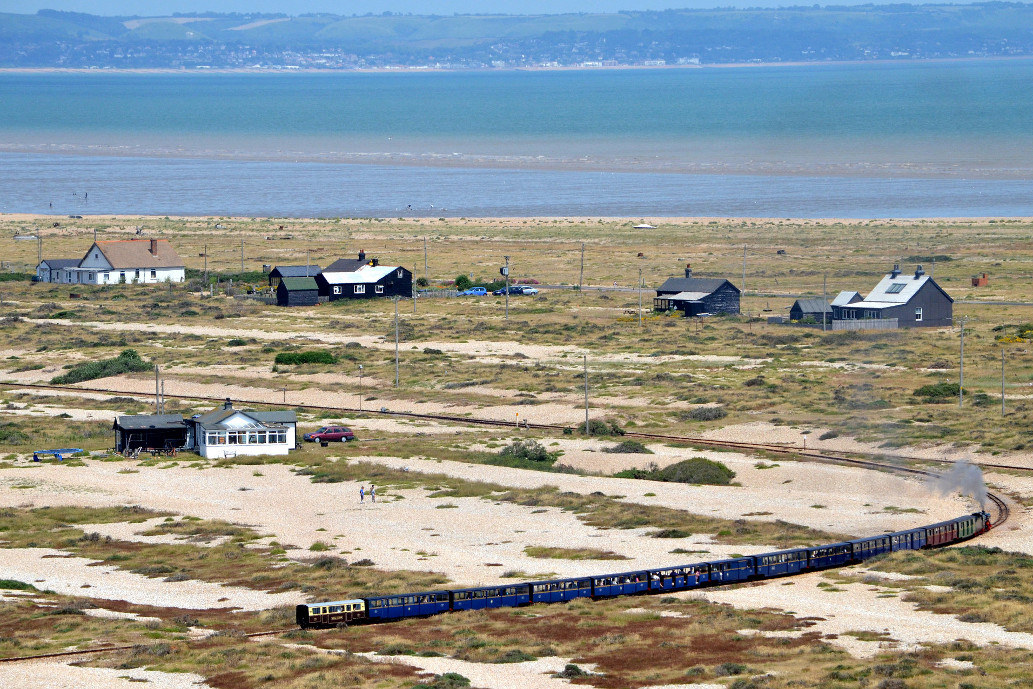
The bleakly beautiful shingle beach at Dungeness is brooded over by a nuclear power station, and is where English film director Derek Jarman (1942–1994) made his famous garden on the shingle shore, beside the black clapboard Prospect Cottage. He used driftwood sculpture and hardy wild plants to create this poetic, magical place, which is not fenced off, so people can wander through it. It’s not just Jarman’s garden that makes the ‘ness a compelling place, but the huge skies and wind-blasted shingle beach.
By car from London, take the A2, then the M2; the A299 then leads to Whitstable, Margate, Broadstairs and Ramsgate. Deal is further south, off the A256.
By train, high-speed rail connects London St Pancras to Ramsgate in 1 hour, while slower, cheaper trains take around 1½ hours. Trains from London to Margate, Broadstairs, and Deal take 1½–2 hours. The scenic Romney, Hythe & Dymchurch railway (rhdr.org.uk) is the best – if not the quickest – way to reach Dungeness.
The best places to stay along the coast include Margate’s boutique Reading Rooms and Walpole Bay, with its unusual museum of objects. Ramsgate offers Albion House, Broadstairs has the Botany Bay Hotel and Whitstable the Hotel Continental.